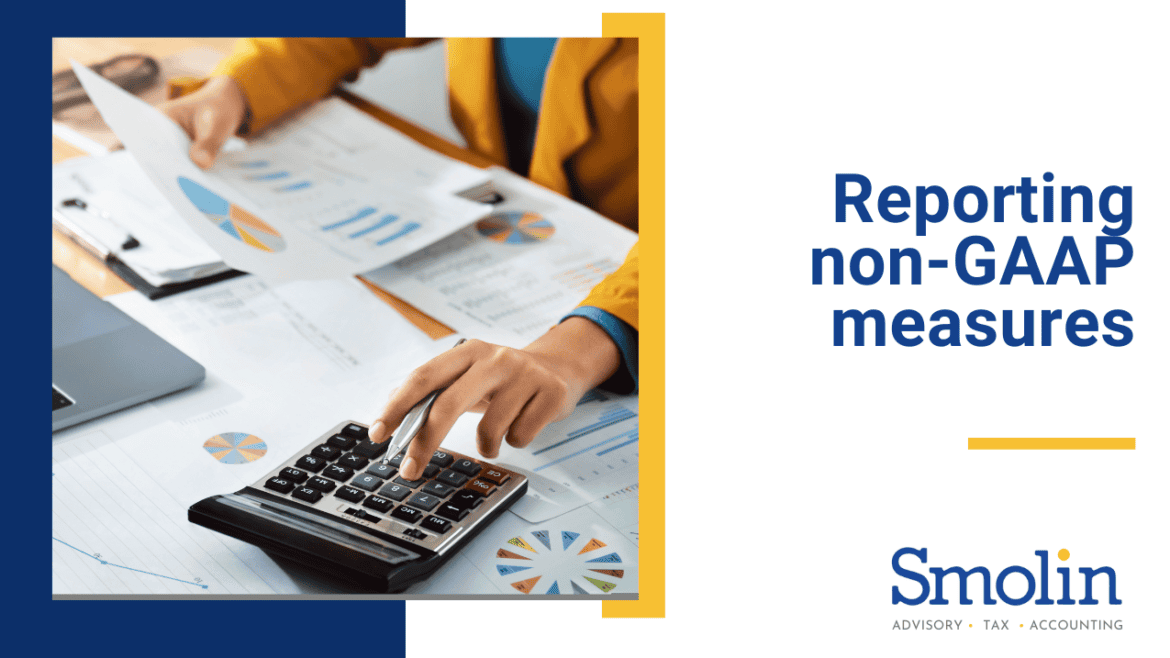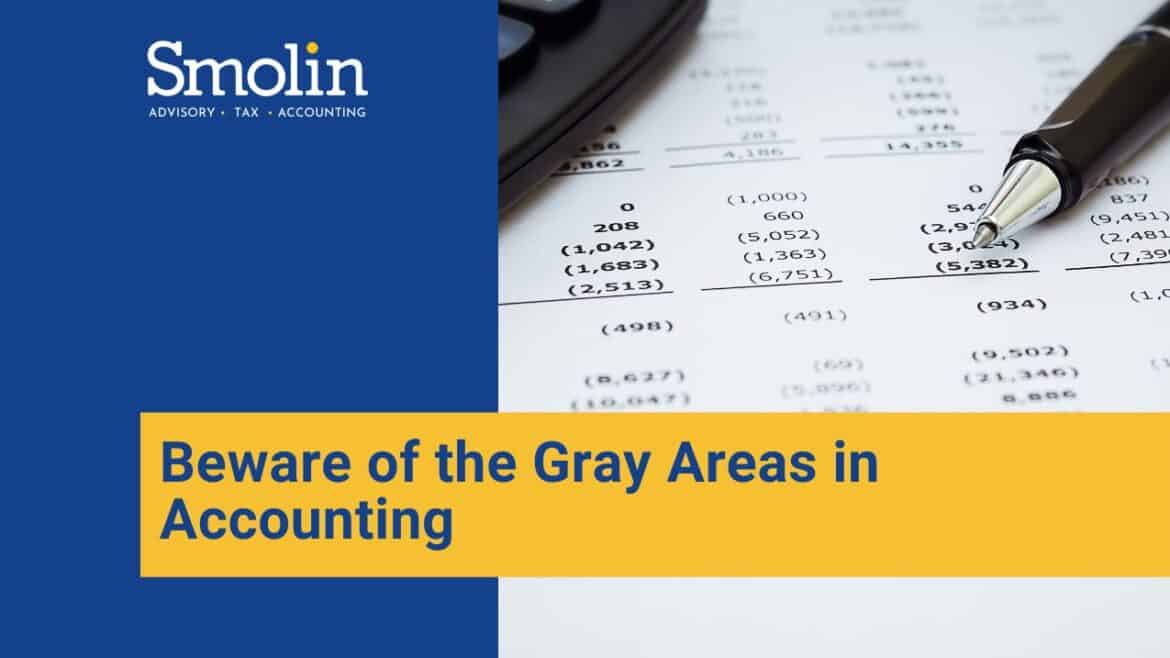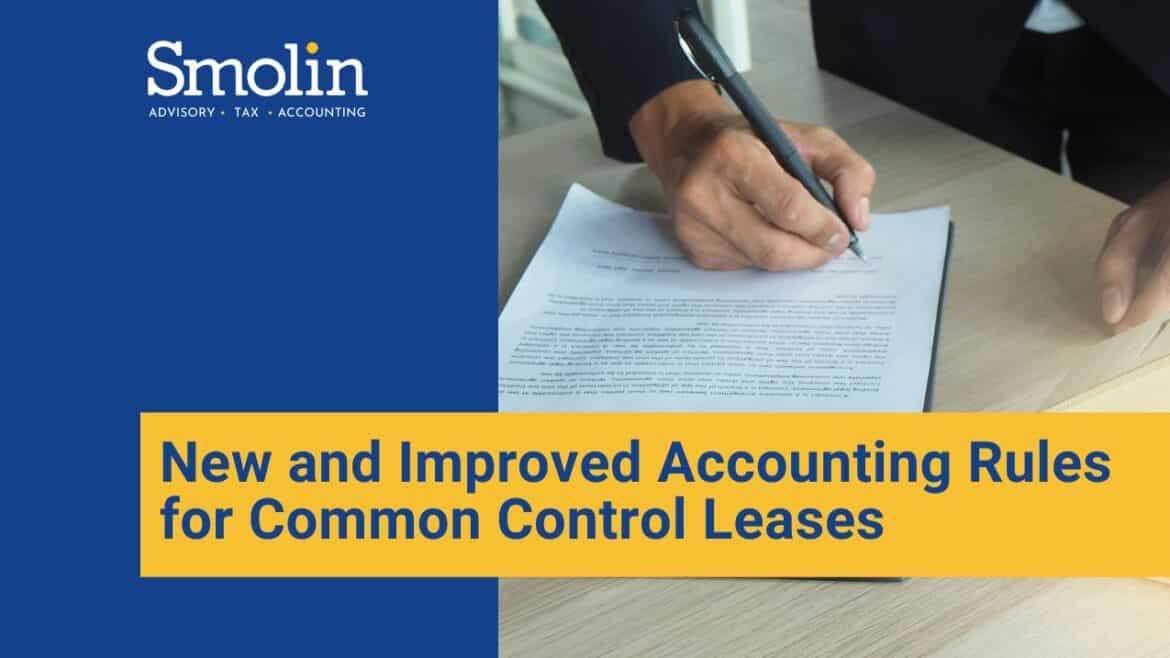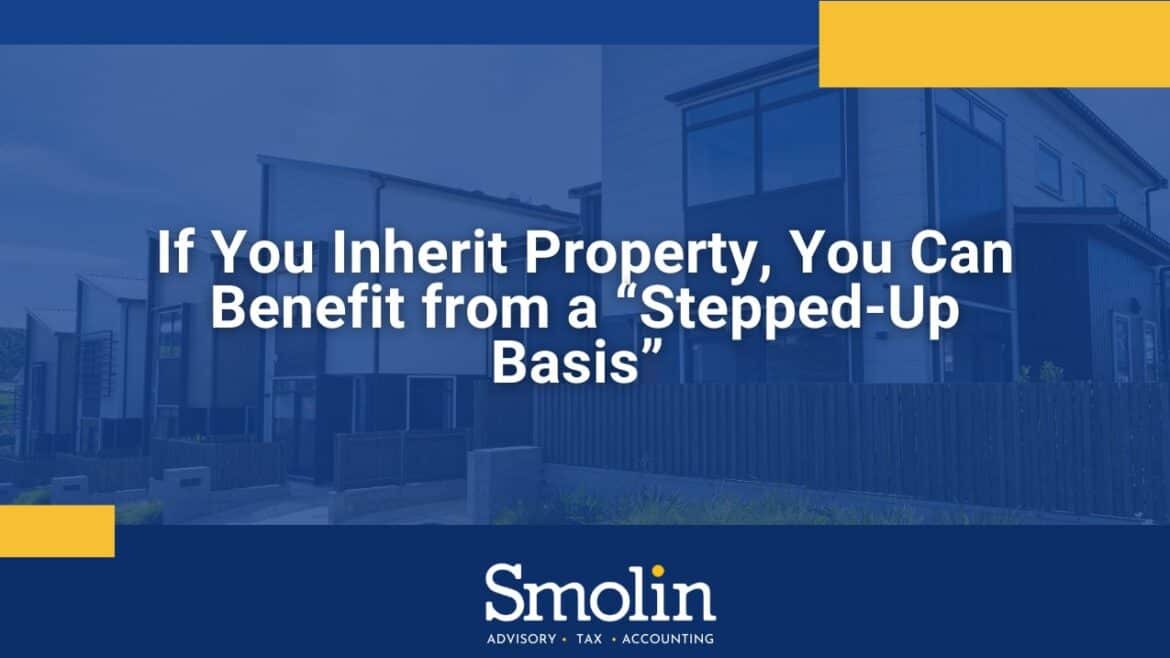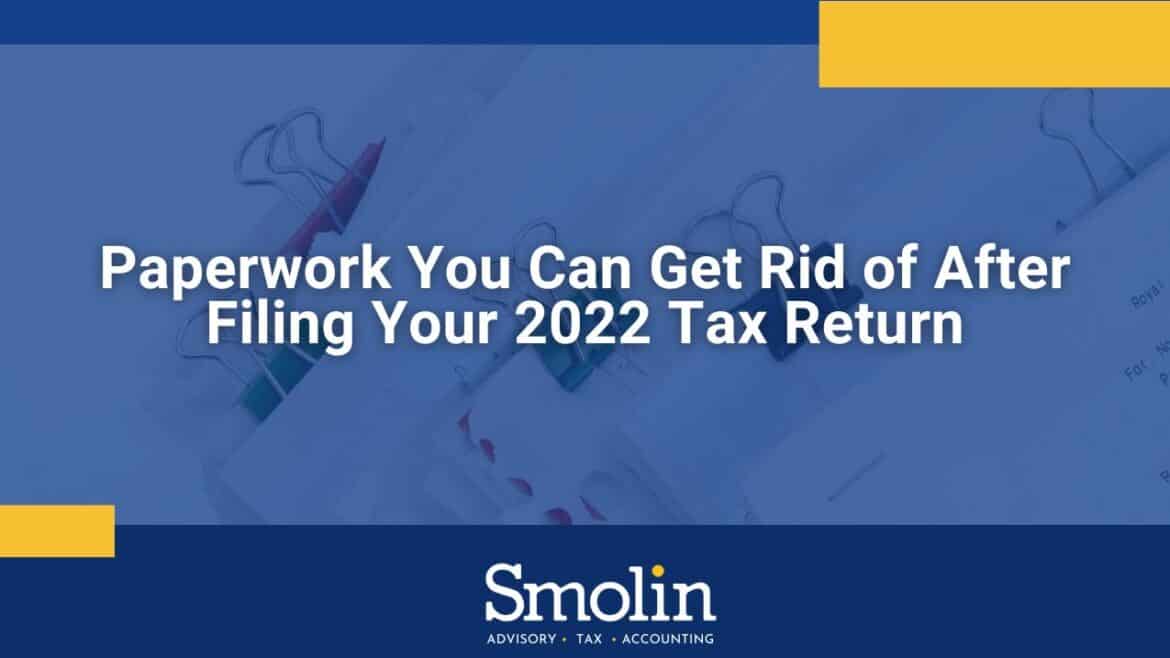Tax season is officially over, and if you’ve completed your 2022 tax return and sent it to the IRS, you might think you’re finished with taxes for another year. But you may still have some lingering questions about your return your return. Here are the answers to three frequently asked questions that come up for many people after they file a tax return.
When will I get my refund?
The IRS provides an online tool that can inform you of the status of your refund. Simply go to http://irs.gov and click the section marked “Get Your Refund Status.” You’ll be required to provide your Social Security number, filing status, and the exact amount of your 2022 refund.
Which tax records can I get rid of now?
It’s highly advisable to keep your tax records related to your return for as long as the IRS can audit your return or assess additional taxes. The standard statute of limitations is three years after you file your return.
This means you can now technically throw away most of your records for tax returns for 2019 and earlier years. If you filed an extension for your 2019 return, be sure to hold on to your records until at least three years after the date you filed.
With that said, it’s important to note that the statute of limitations extends to six years for any taxpayer that understates their gross income by more than 25%. If this could be the case for you, you’ll need to hang on to certain tax-related records for longer.
For example, keep your actual tax returns indefinitely, so you can prove to the IRS that you filed legitimate returns. There’s no statute of limitations for an audit if you didn’t file a return or filed a fraudulent return.
When dealing with retirement accounts, keep the records associated with them until you’ve emptied the account and reported your final withdrawal on your tax return, plus three (or six) years. Make sure to keep records related to real estate or investments for as long as you own the asset, plus a minimum of three years after you’ve sold it and reported the sale on your tax return.
Can I still collect a refund for a tax credit or deduction if I overlooked claiming it?
Generally speaking, you can file an amended tax return and claim a refund within three years of the date you filed your original return or within two years of the date you paid the tax, whichever is later.
You should know that there are a few opportunities in which you have more time to file an amended return. For instance, the statute of limitations for bad debts is a bit longer than the standard three-year time limit for most items on your tax return. You can typically amend your tax return for the year that the debt became worthless.
Still have questions? Smolin is available to help all year long
If you still have questions about keeping your tax records, receiving your refund, or filing an amended return, contact the professionals at Smolin, and we’ll provide you with the accurate information and ensure you receive the best results possible.

